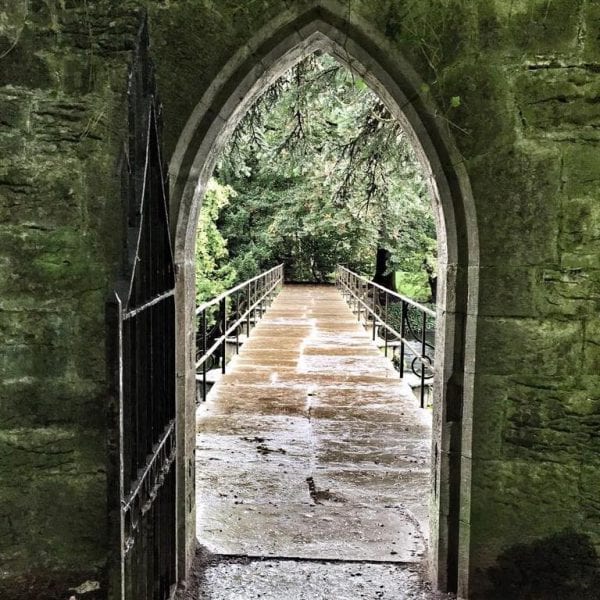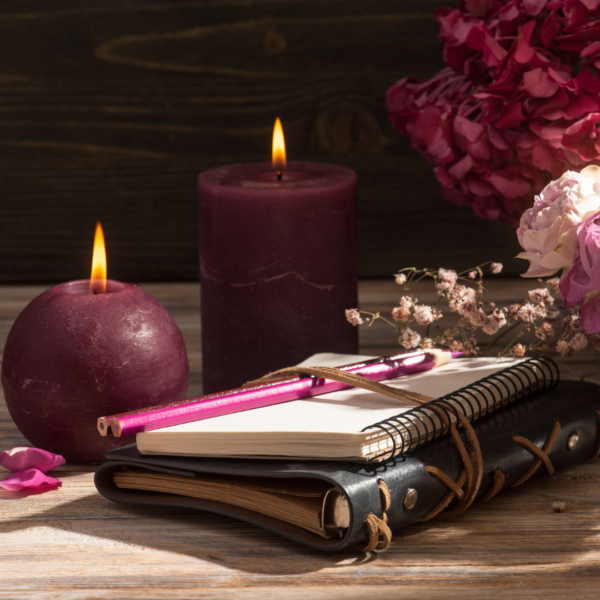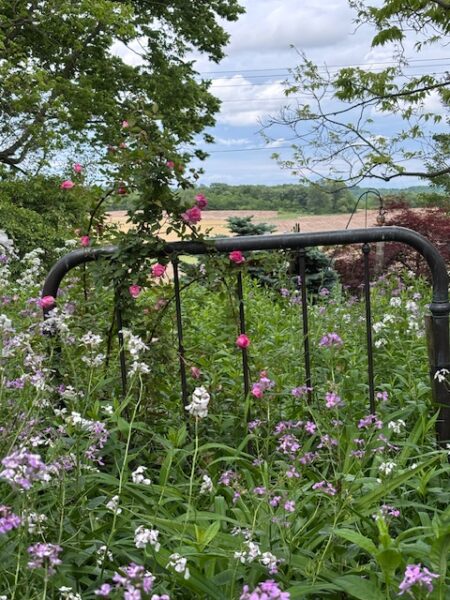 Dearest monks and artists,
Dearest monks and artists,
We live in a breathless world.
Everything around us seems to move at faster and faster speeds, summoning us to keep up. We multitask, we organize, we simplify, we do all we can to keep on top of the many demands on our time. We yearn for a day with more hours in it so we can complete all we long to do.
We often talk about wasted time, or time as money, or time fleeting.
This rushed existence is not sacred time.
Sacred time is time governed by the rhythms of creation, rhythms that incorporate times of rest as essential to our own unfolding. Sacred time is being present to the moments of eternity available to us at any time we choose to pause and breathe.
In sacred time, we step out of the madness of our lives and choose to reflect, to linger, to savor. We gain new perspective here. We have all had those moments of time outside of time, when we felt like we were touching eternity, bathed in a different kind of rhythm. Touching eternity brings a cohesion to our lives and reminds us of the goodness and surplus of living.
The clock with its forced march is not the only marker of time. Our calendars with their five and ten year strategic plans rob us of our future. The rising and setting of the sun, the expansion and contraction of the moon, the ripening and releasing of the seasons, these all mark a different quality of time and invite us into a deepened and renewed way of being.
Psychologist Mihaly Csikszentmihalyi has written extensively about our “flow state,” that experience of moving beyond consciousness of time’s ticking and into a place of timelessness. Wisdom traditions tell us that reaching these states of spaciousness and ease takes time, but that is the one thing that feels most scarce, and so we seek quick and easy fixes to our time anxiety. Often this includes rushing more, sleeping less, being distracted by multiple demands on our attention.
Gary Eberle, in his book Sacred Time and the Search for Meaning writes:
Sacred time is what we experience when we step outside the quick flow of life and luxuriate, as it were, in a realm where there is enough of everything, where we are not trying to fill a void in ourselves or the world, where we exist for a moment at both the deepest and the loftiest levels of our existence and participate in the eternal life of all that is. In simpler, or perhaps just slower, times, people seemed to enter this realm more regularly, or perhaps even to live with one foot inside it. Prayer, meditation, religious rituals, and holy days provided gateways into eternity that allowed us to return to the world of daily time refreshed and renewed, with an understanding that beneath the busyness of daily life there was an underpinning of calm, peace, and sufficiency.
He goes on to write that we experience time both horizontally and vertically:
The horizontal takes us along a straight line from past to future. This is what allows us to plan events and schedule meetings. It is the time we measure with clocks. The other way of experiencing time, the vertical, seems to deliver us from the flow of horizontal time. In moments of rapture, deep meditation, dream states, or intense celebration, we feel liberated from time’s passing. The clock does not stop, of course, but we do not hear it ticking. When we connect with vertical time, we step out of horizontal time and touch eternity.
When we look at the world around us, the world of nature and creation, we find exquisite examples of sacred timing: monarch butterflies that migrate, flowers blossoming in spring, salmon returning to the place of their origins to spawn and die.
What if we looked at time as a spiral, through the lens of each breath’s rise and fall, the rhythms of the sun and moon, and the longer cycles of a lifetime and the Universe itself.
With great and growing love,
Christine
Christine Valters Paintner, PhD, REACE
Photo © Christine Valters Paintner




One Response
This is perfect for where I am now – thank you! I am looking for somewhere to move to, and this is the kind of life I hope to live there. I’m going to print this out and take it with me as I search, to remind me of what really matters.